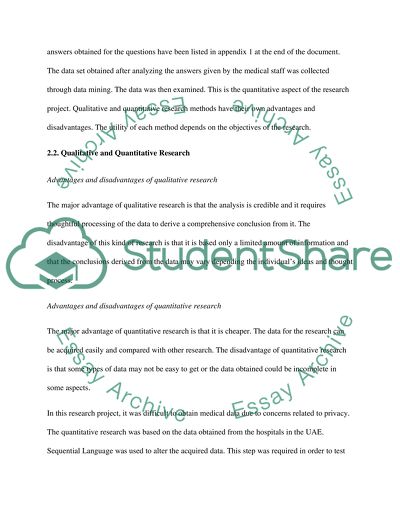Cite this document
(“Description of IT Methodology Coursework Example | Topics and Well Written Essays - 2500 words”, n.d.)
Retrieved from https://studentshare.org/information-technology/1402121-parafraising
Retrieved from https://studentshare.org/information-technology/1402121-parafraising
(Description of IT Methodology Coursework Example | Topics and Well Written Essays - 2500 Words)
https://studentshare.org/information-technology/1402121-parafraising.
https://studentshare.org/information-technology/1402121-parafraising.
“Description of IT Methodology Coursework Example | Topics and Well Written Essays - 2500 Words”, n.d. https://studentshare.org/information-technology/1402121-parafraising.


